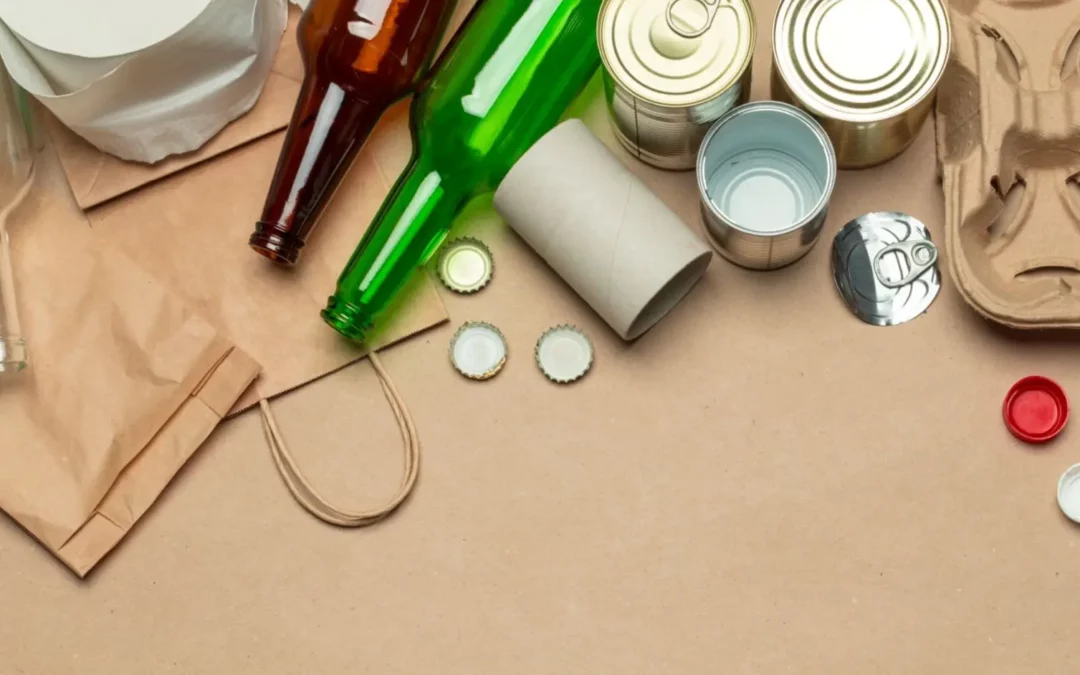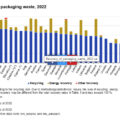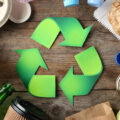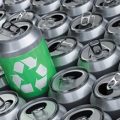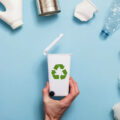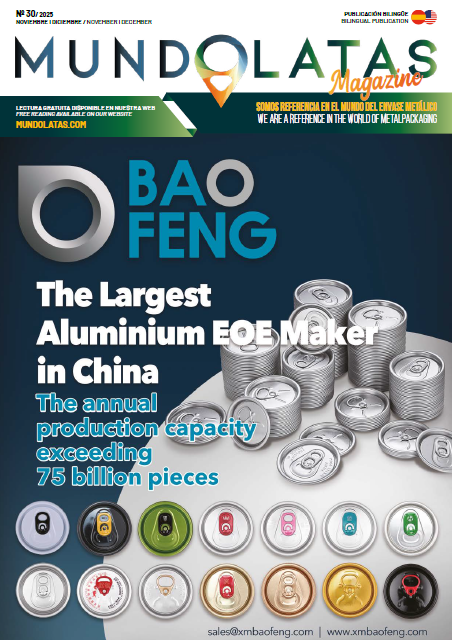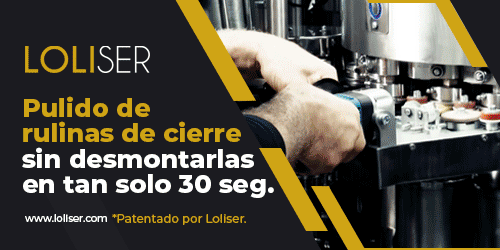The Council formally adopted the Packaging and Packaging Waste Regulation in November. The new rules will significantly reduce the generation of packaging waste by setting binding reuse targets, restricting certain types of single-use packaging and requiring economic operators to minimize the packaging used. The regulation covers the entire life cycle of packaging.
These new standards propose targets for 2030 and 2040 of a minimum percentage of recycled content (up to 65% for single-use plastic bottles by 2040); they also provide for minimizing packaging weight and volume and avoiding unnecessary packaging and minimizing substances of concern, including restricting the marketing of food contact packaging containing perfluorinated and polyfluorinated alkylated substances (PFAS) if they exceed certain thresholds.
Labeling, marking and information requirements (e.g. on material composition or recycled content) should facilitate sorting and consumer choices.
Single-use plastic containers
The new rules introduce restrictions on single-use plastic packaging for: pre-packaged fruits and vegetables under 1.5 kg; Food and beverages filled and consumed inside hotels, bars and restaurants; single servings of condiments, sauces, dairy cream and sugar in hotels, bars and restaurants; small single-use cosmetic and toiletry products used in the accommodation sector (e.g. bottles of shampoo or body lotion) and very lightweight plastic bags (e.g. those offered in bulk grocery markets).
Reuse targets and refill obligations
The Regulation sets new binding reuse targets for 2030 and indicative targets for 2040. The targets vary depending on the type of packaging used by operators (e.g. binding targets of 40% for transport and sales packaging and 10% for grouped packaging).
Under the new rules, take-out businesses will have to offer customers the ability to bring their own containers to fill with hot or cold beverages or prepared food, at no additional charge.
Next steps
The formal adoption by the Council marked the last step in the ordinary legislative procedure. The regulation will now be published in the Official Journal of the EU and will enter into force. The regulation will apply 18 months after the date of entry into force.
The worrying situation current situation
Although recycling rates have increased in the EU, the amount of waste generated by packaging is growing faster than the amount recycled. In 2022, the EU generated almost 186.5 kilograms of packaging waste per person, of which 36 kilograms was plastic packaging. This means that every day we produce half a kilogram of packaging waste per person in the EU.

